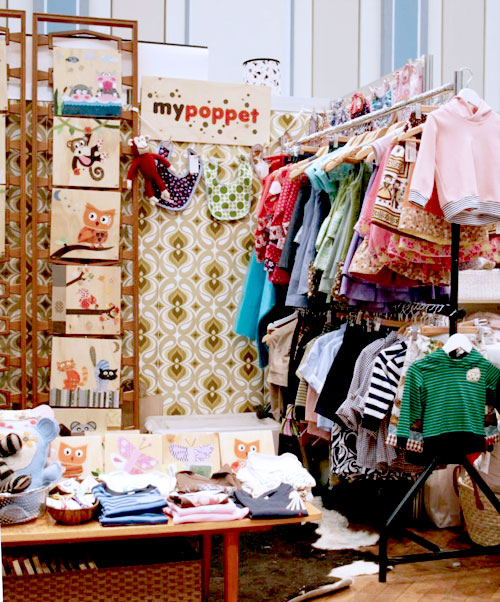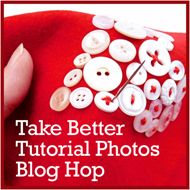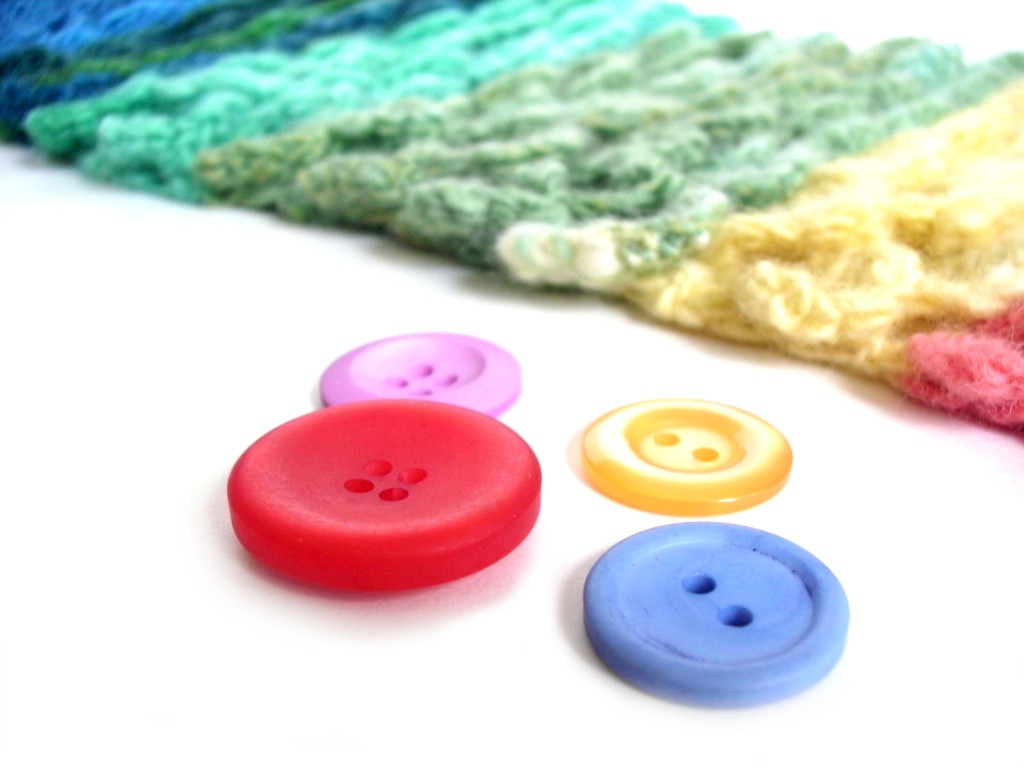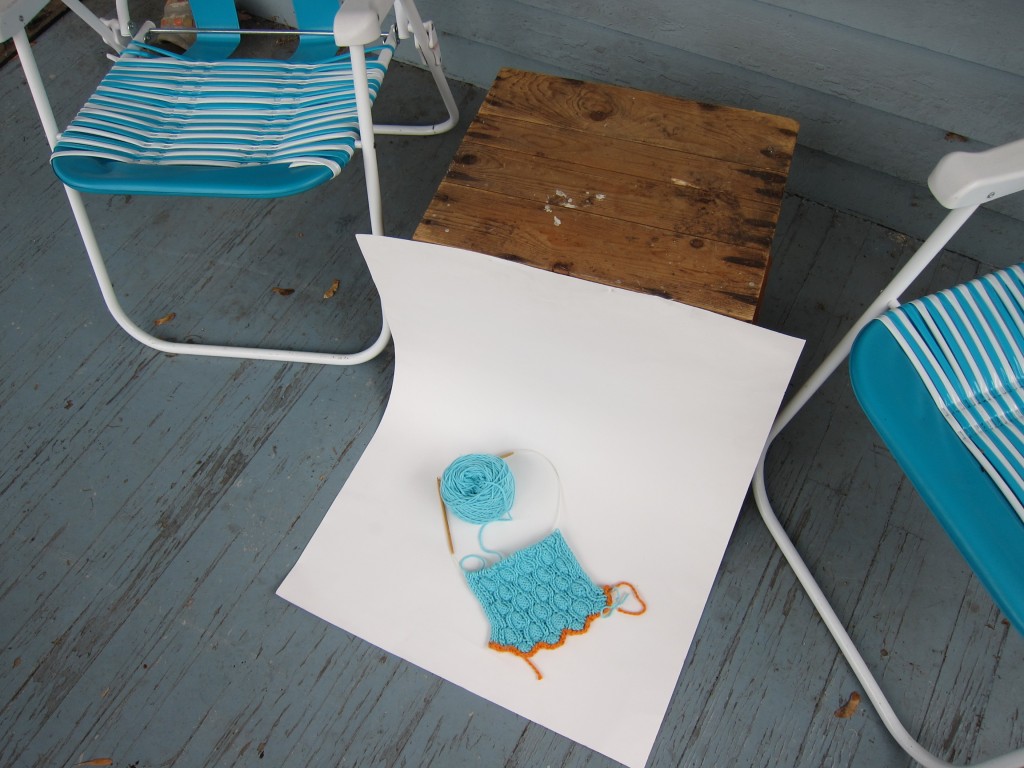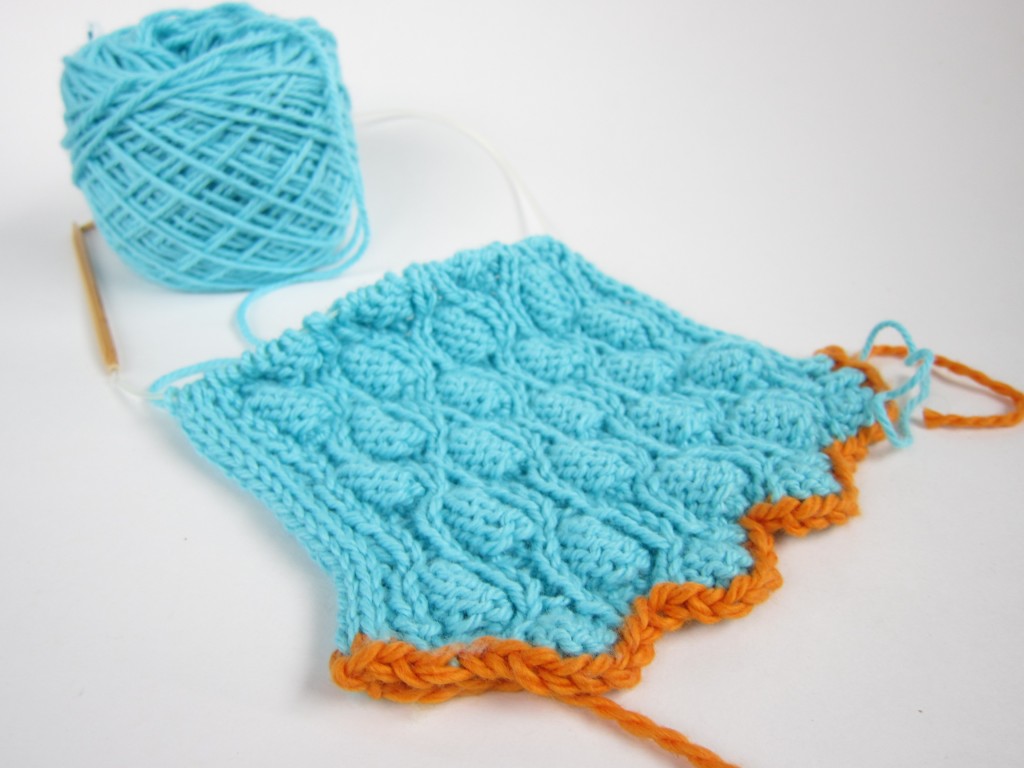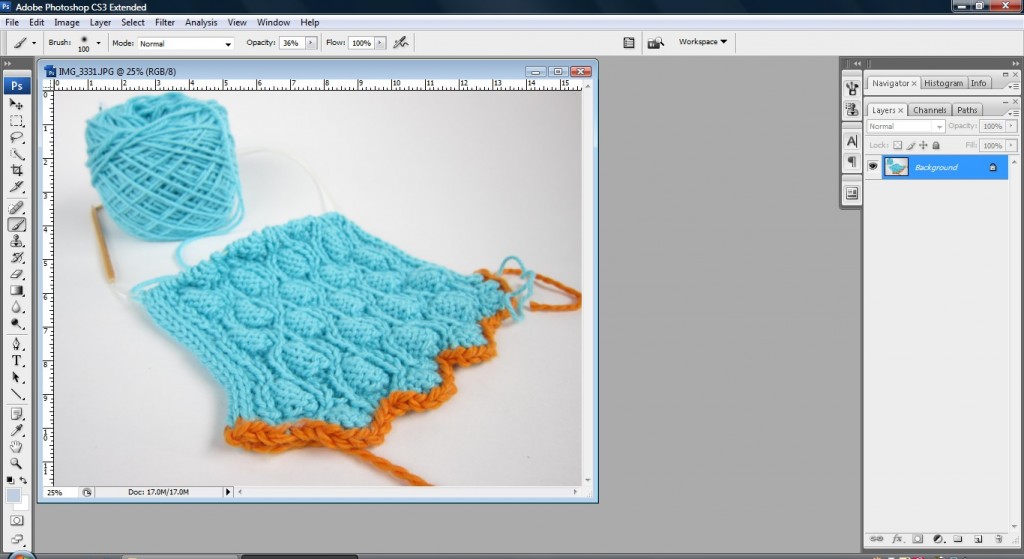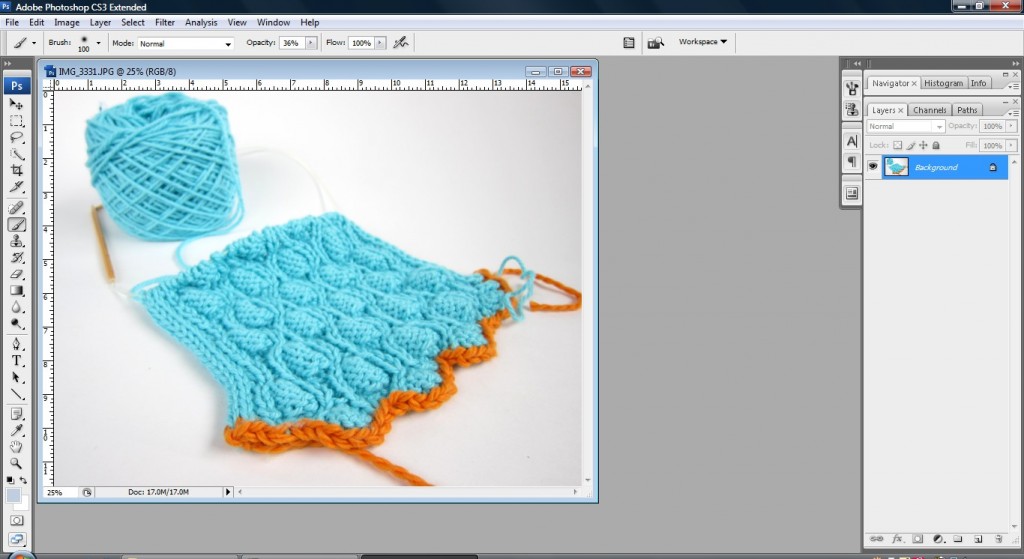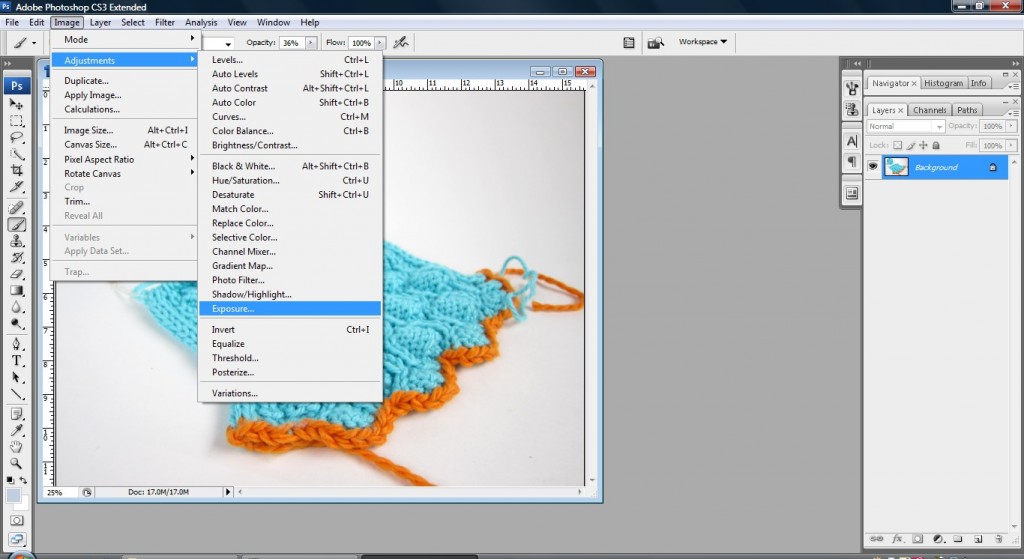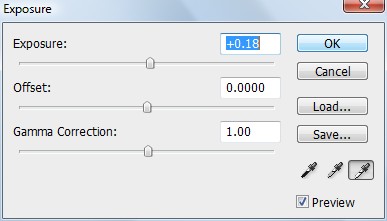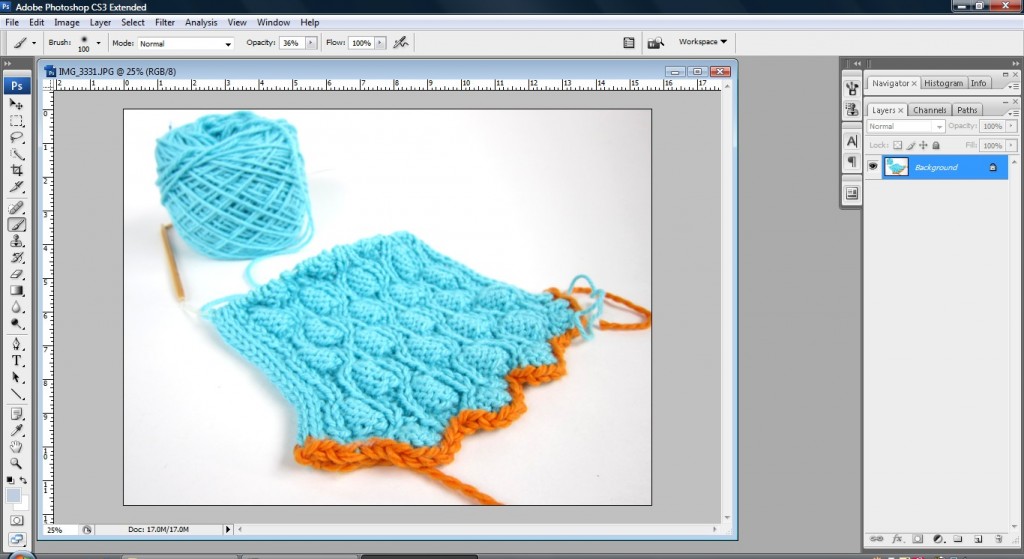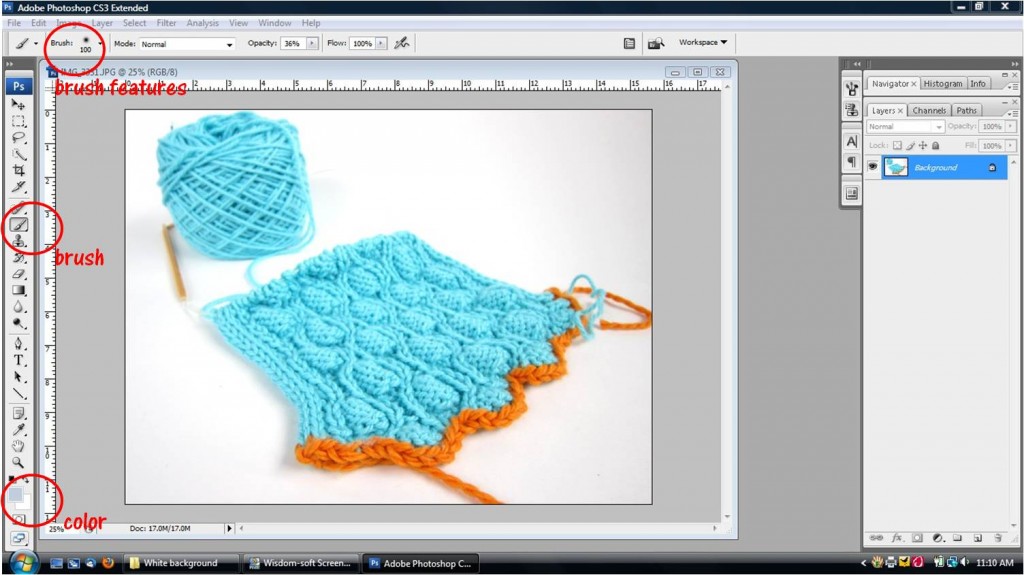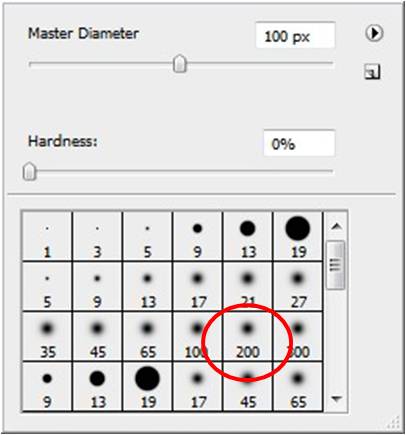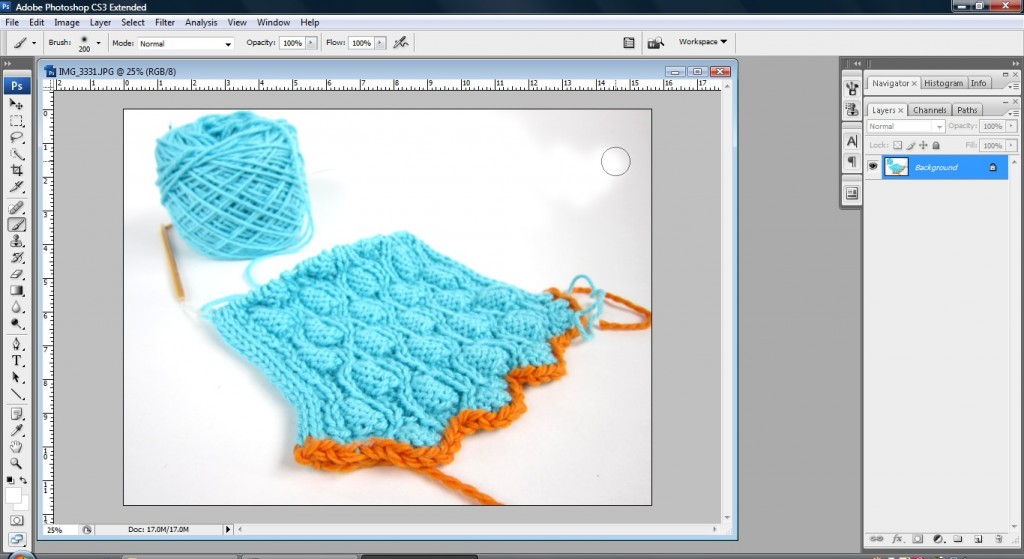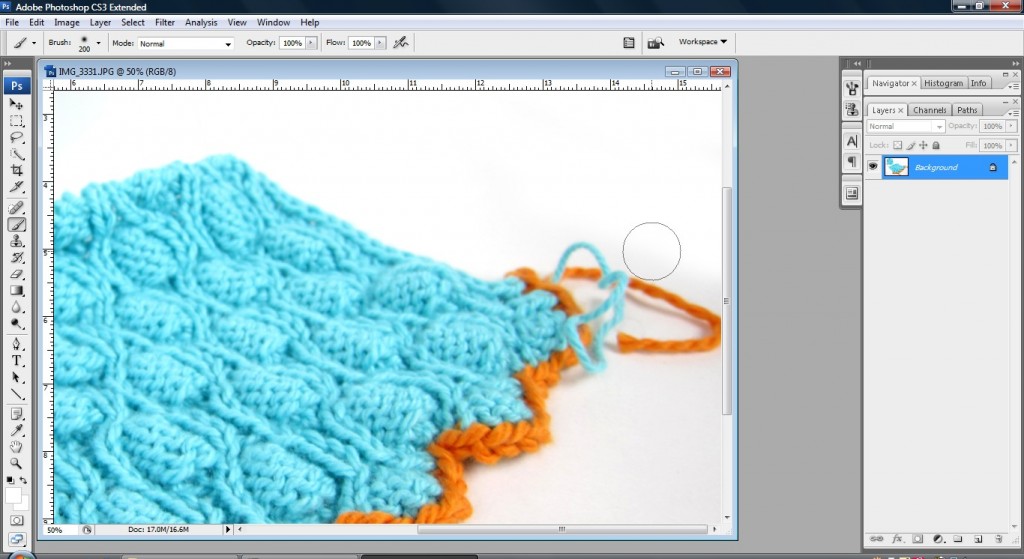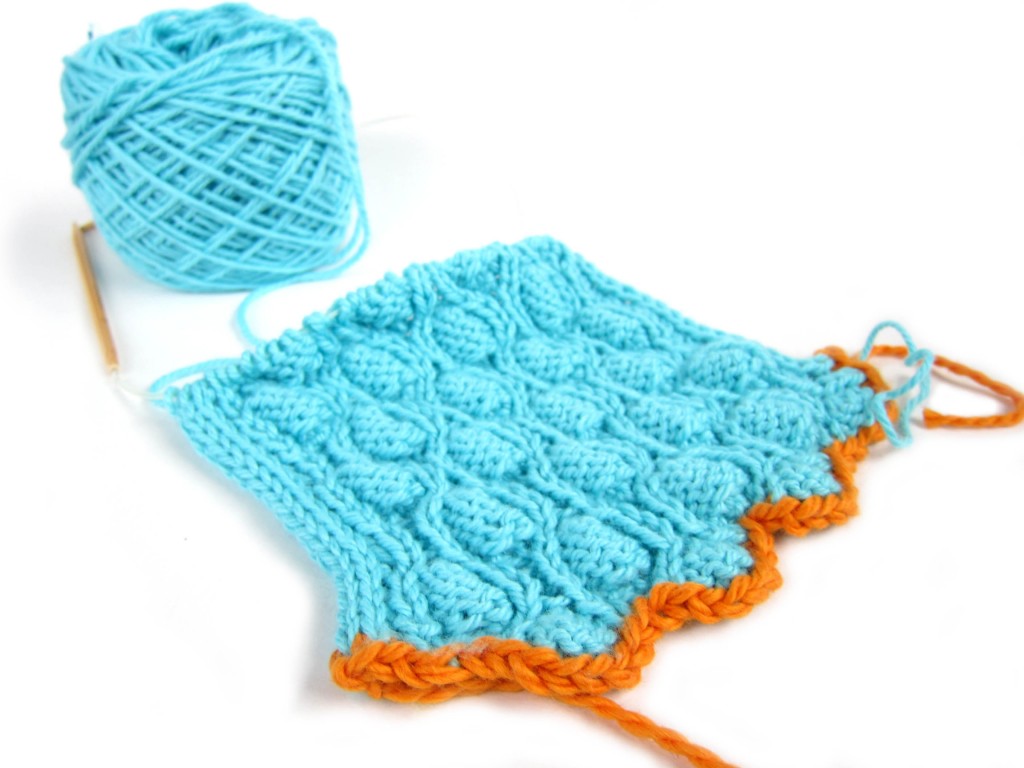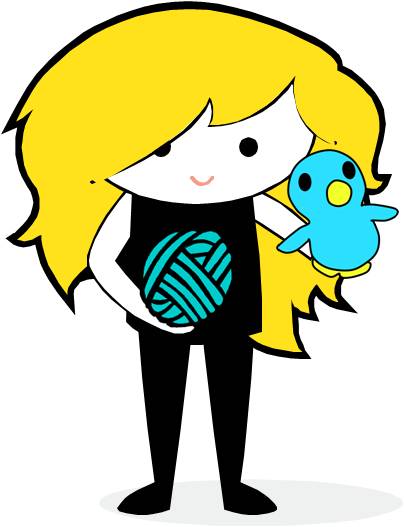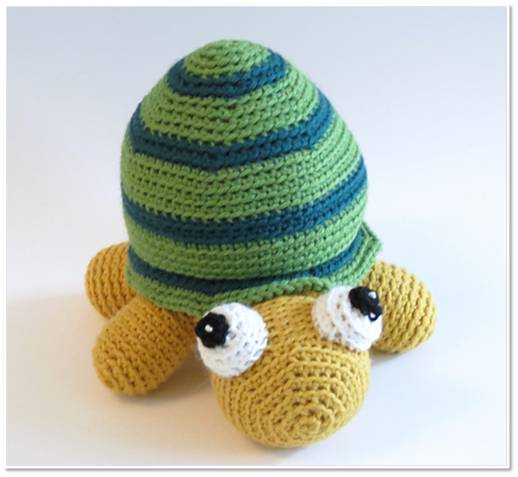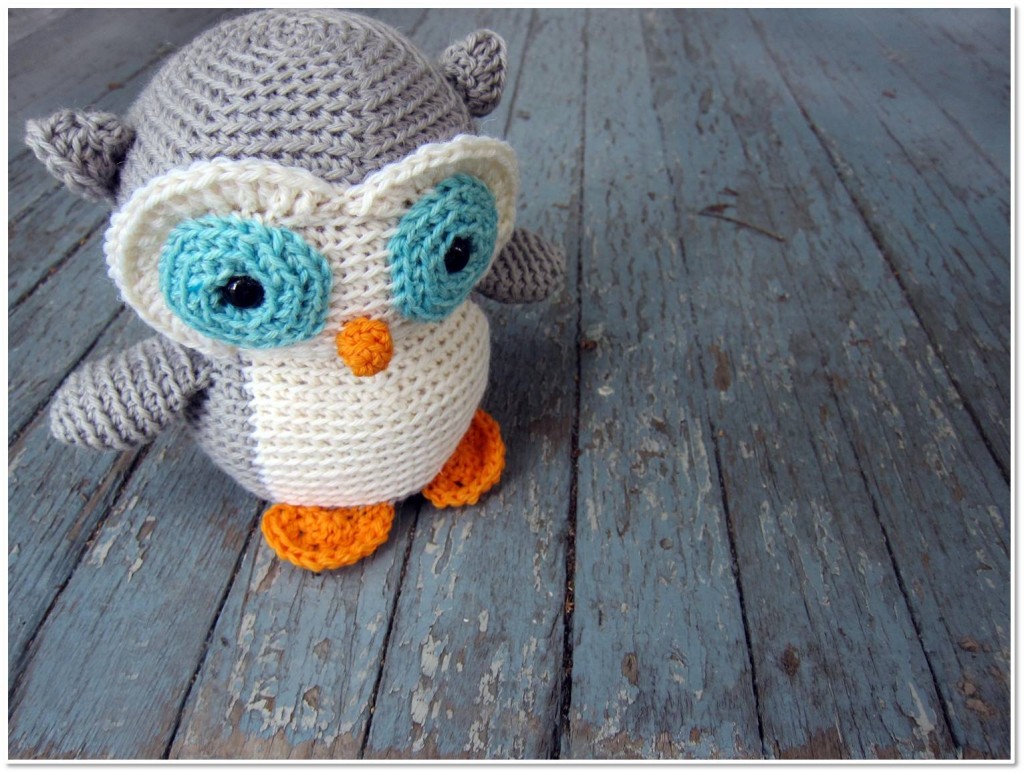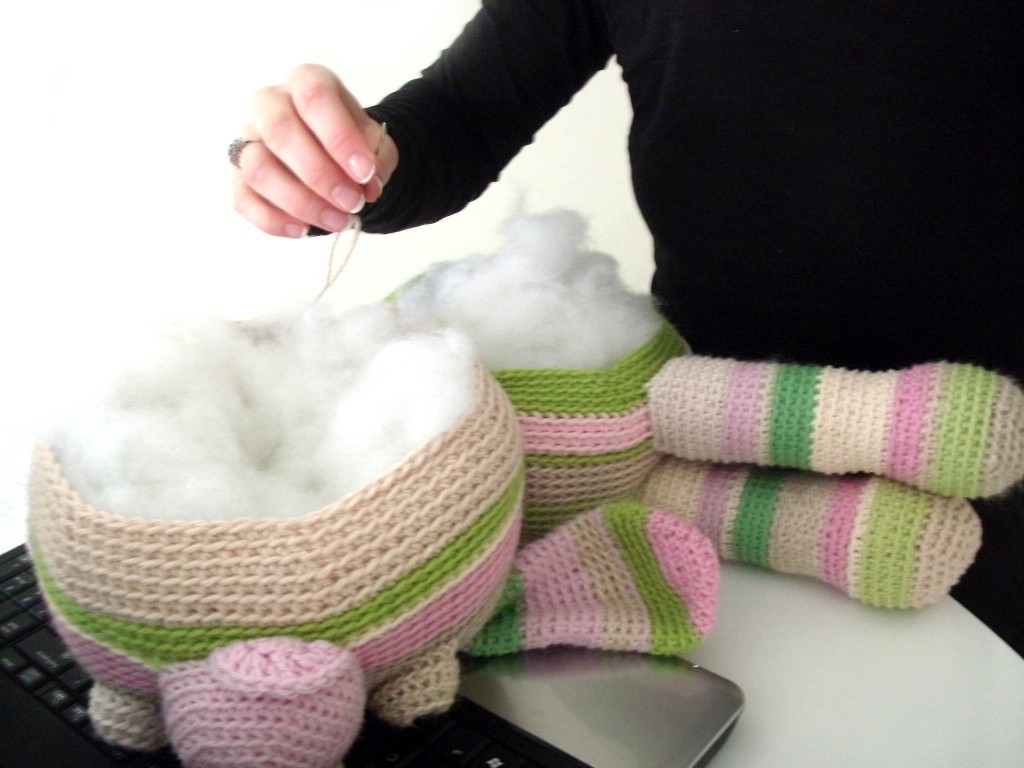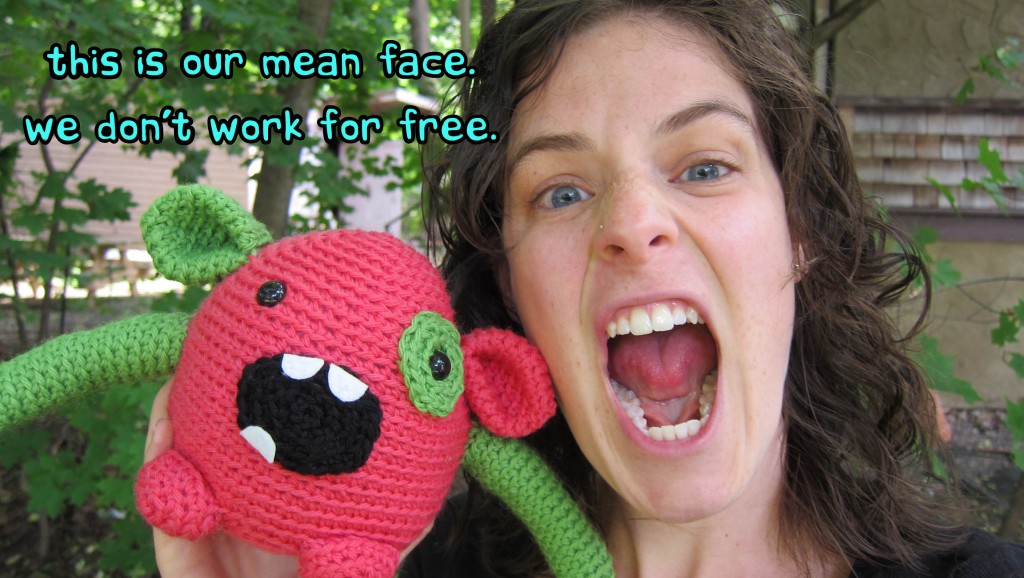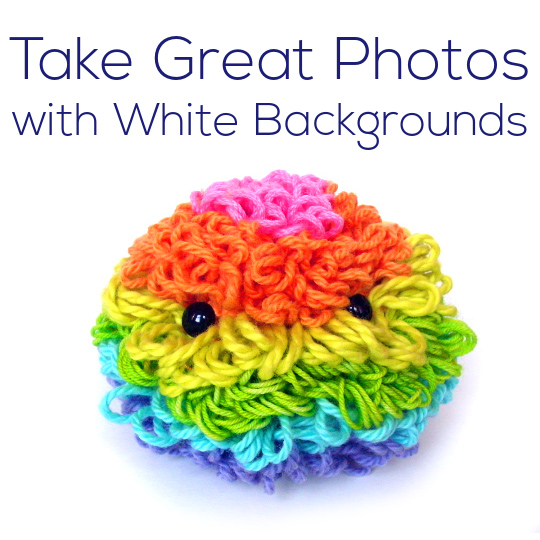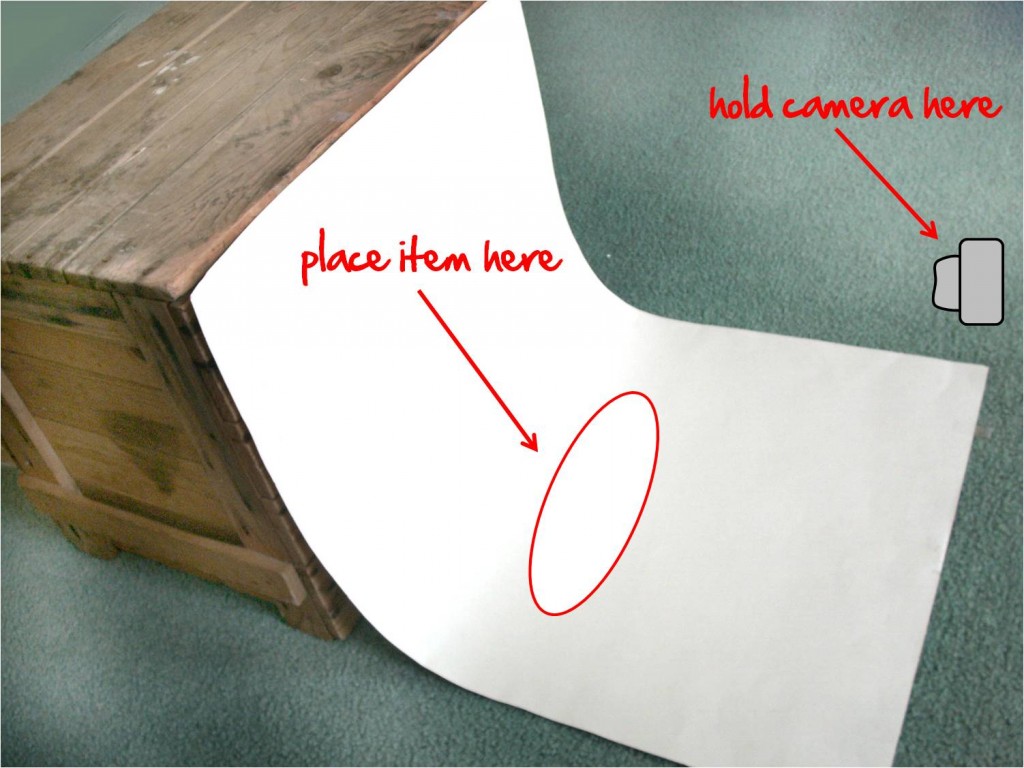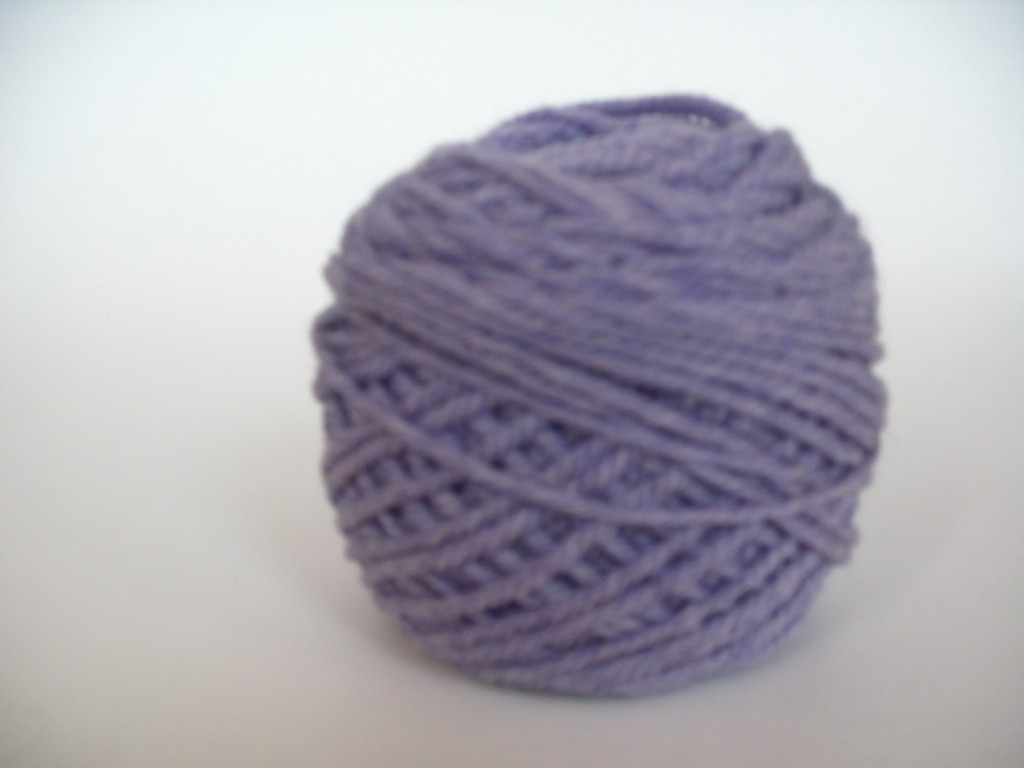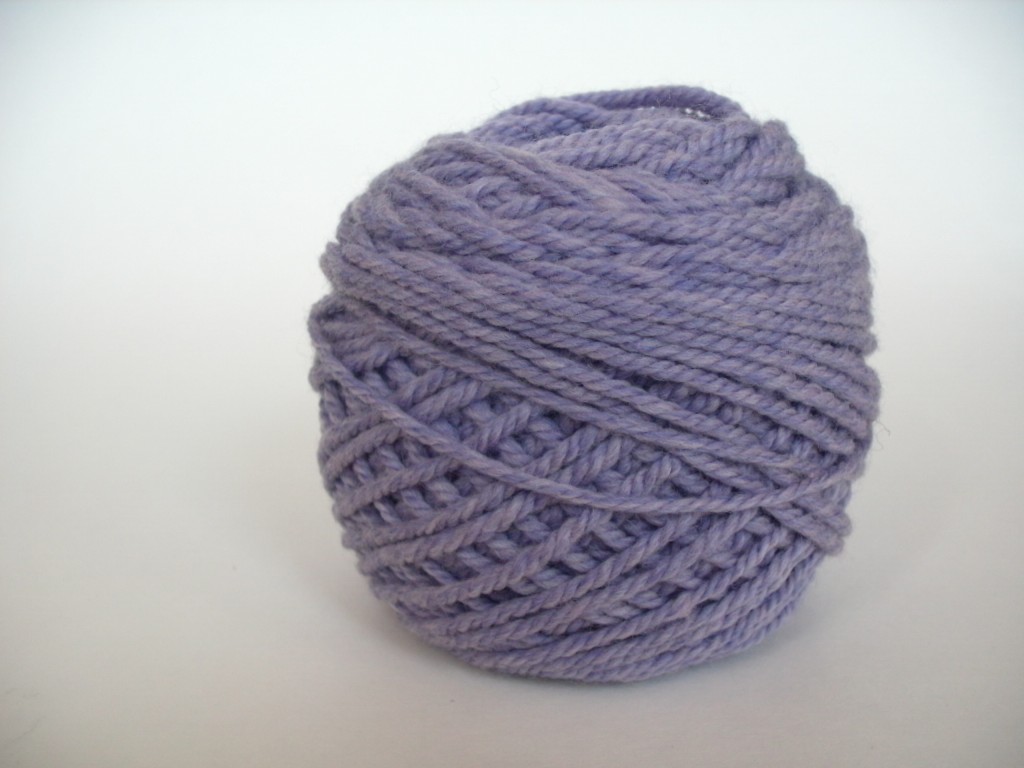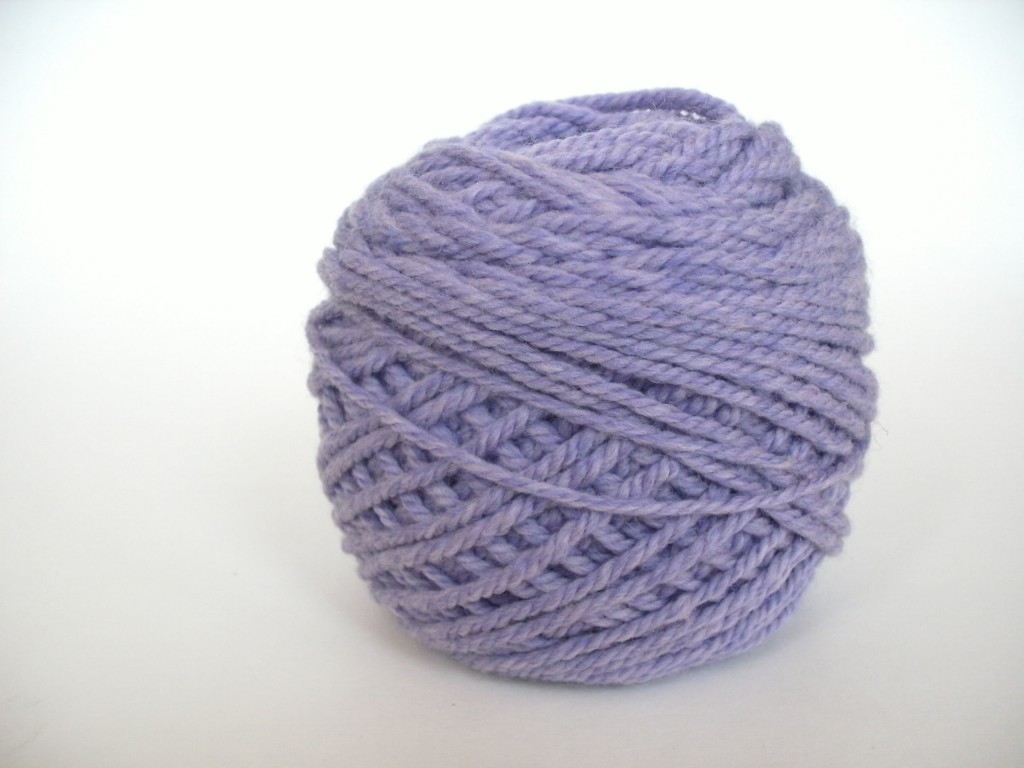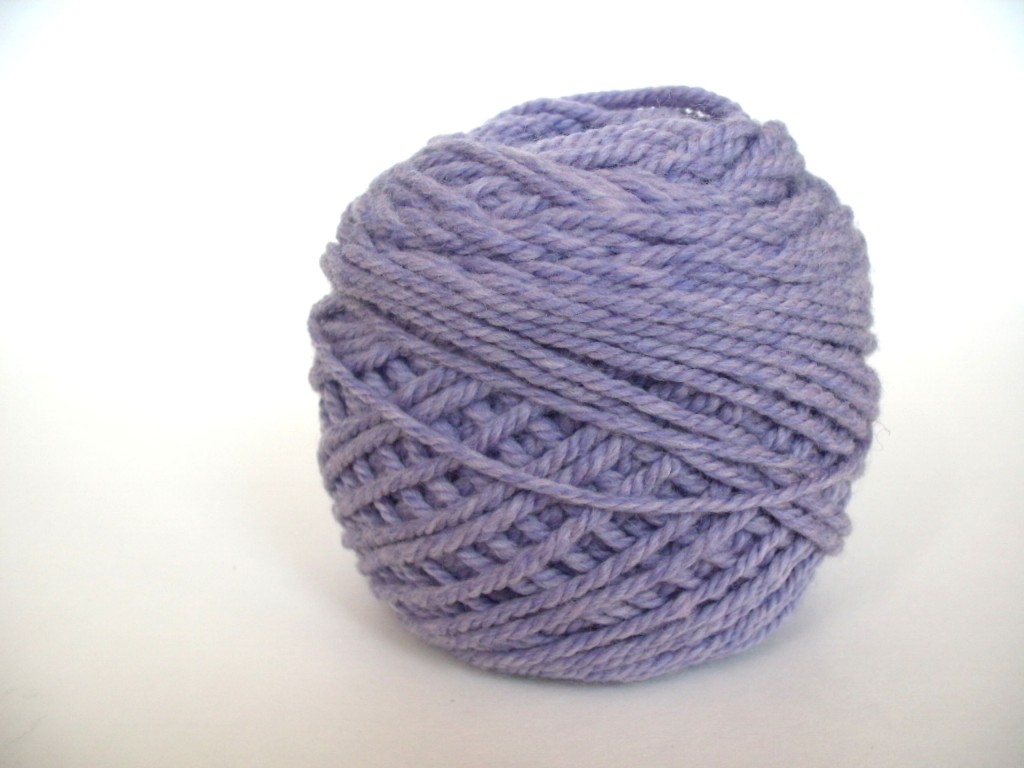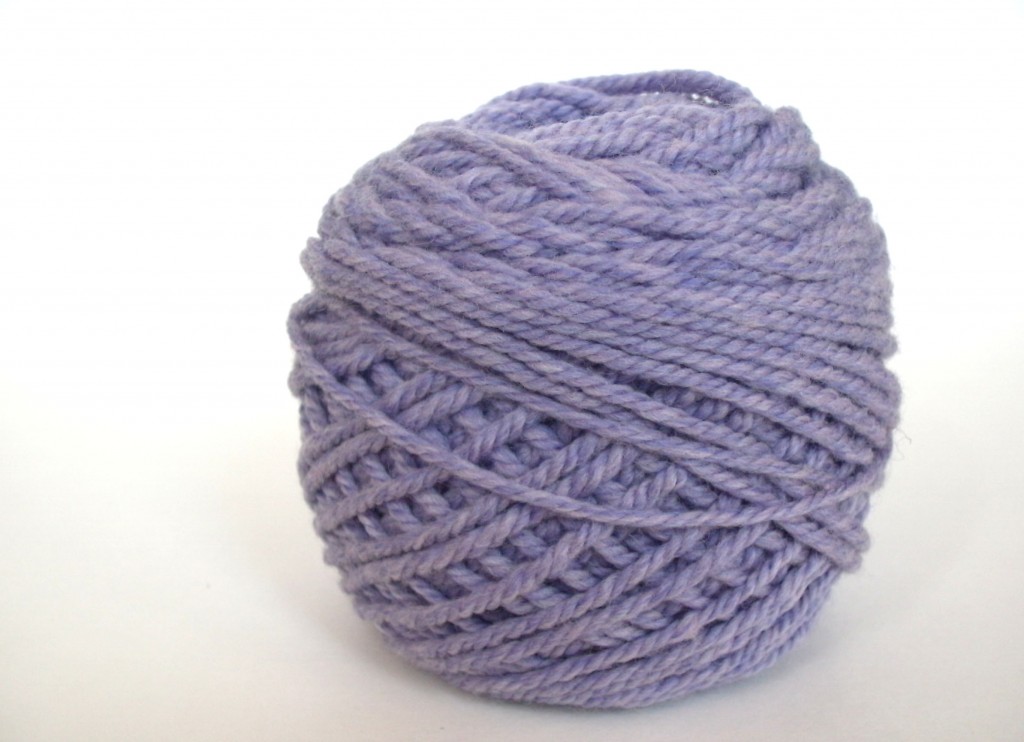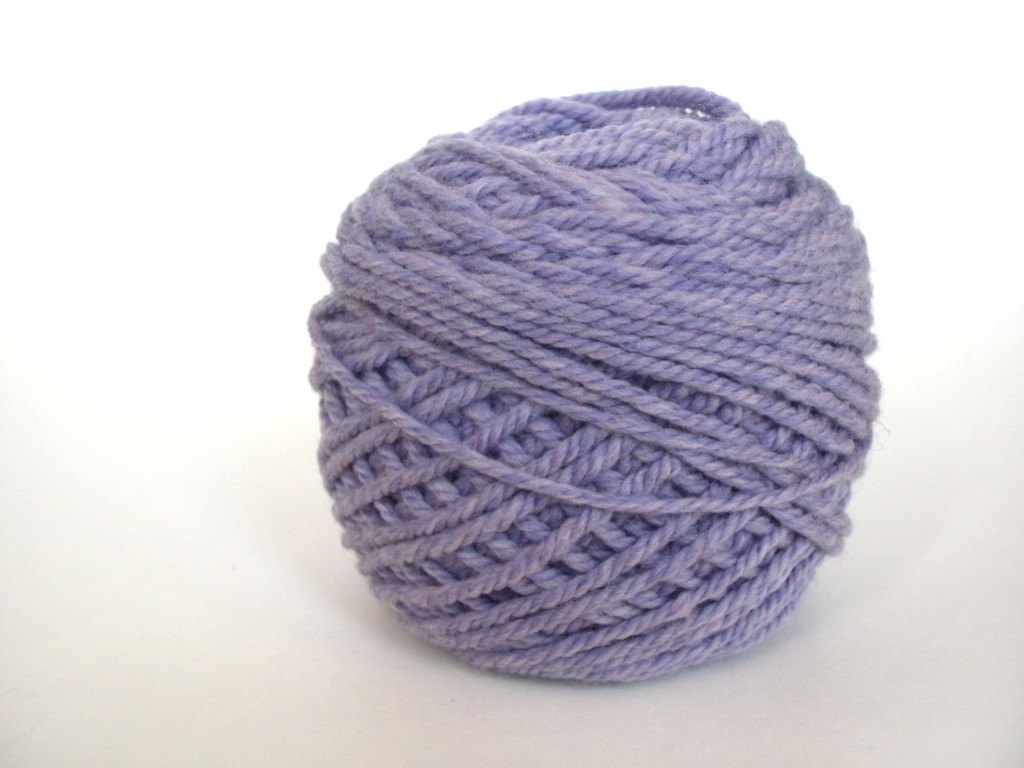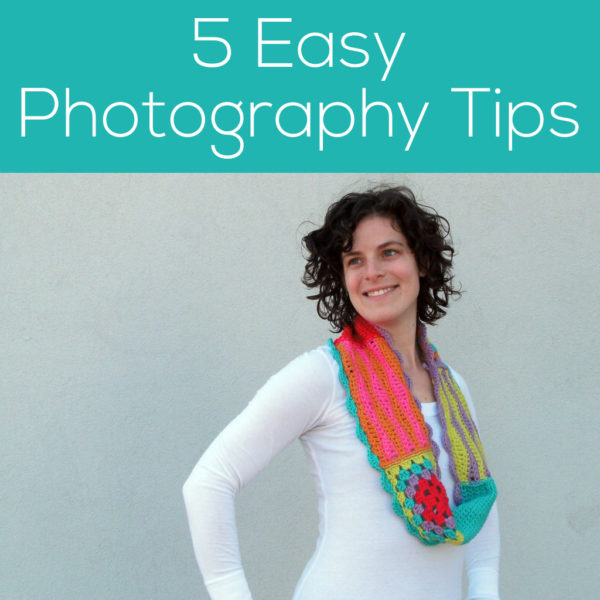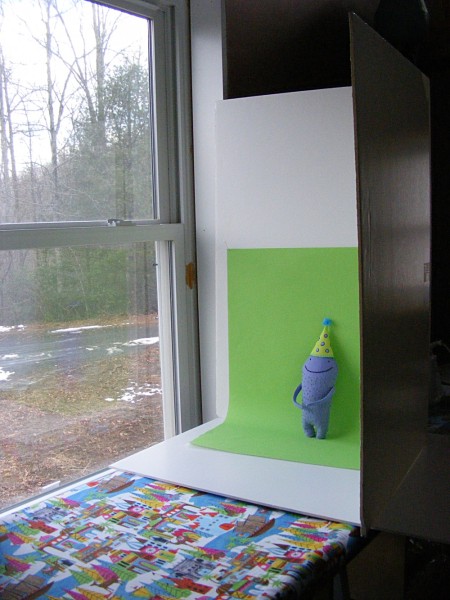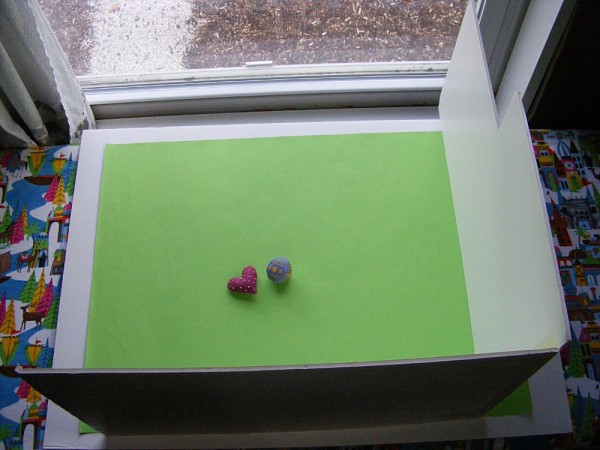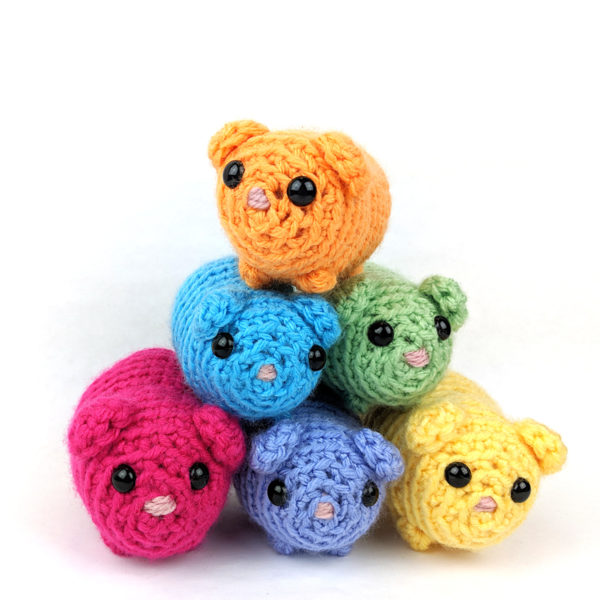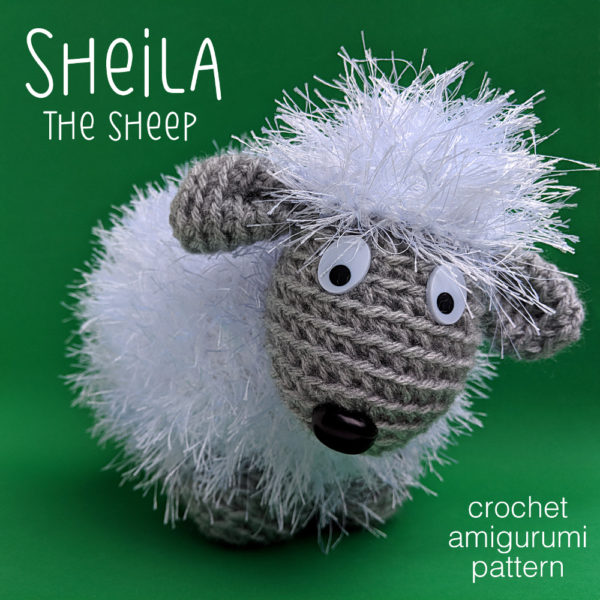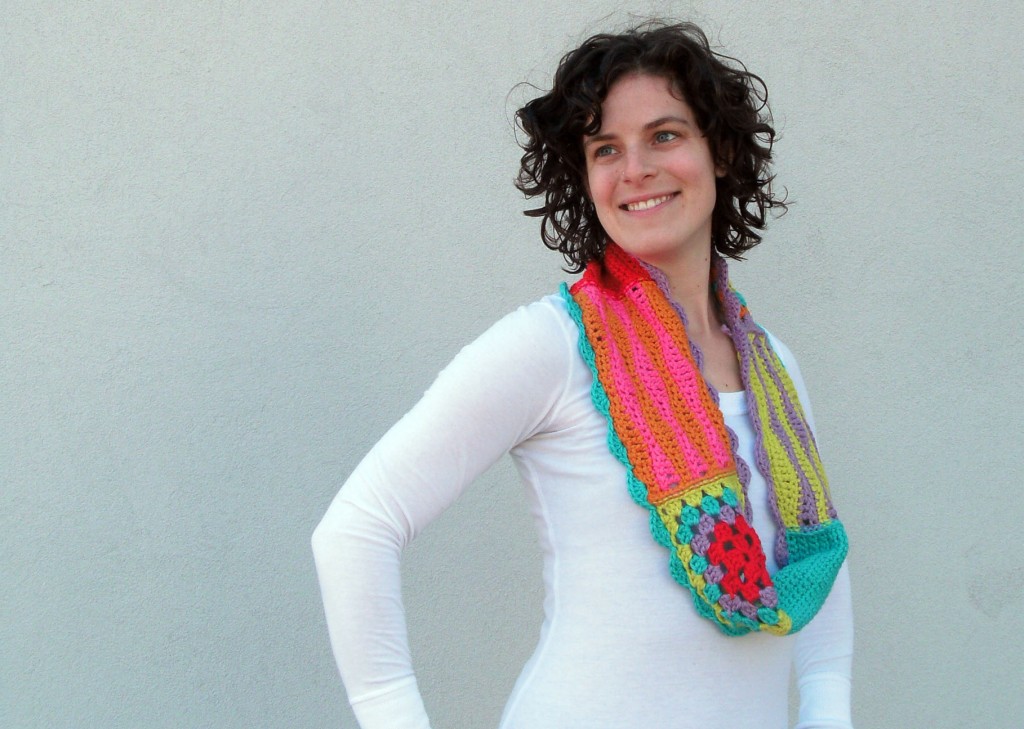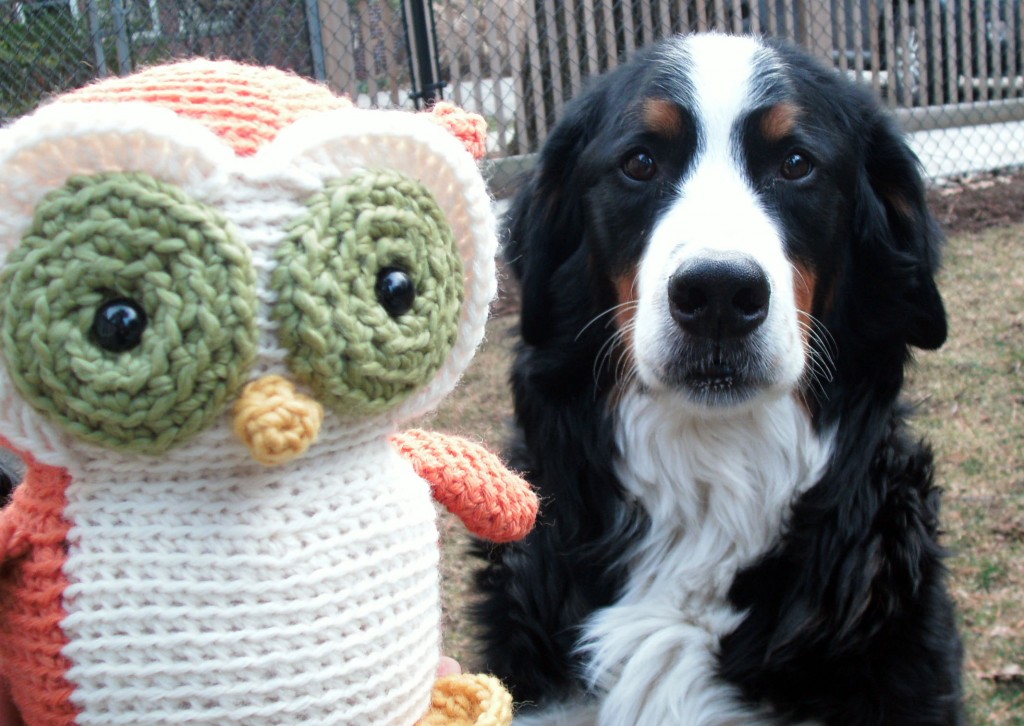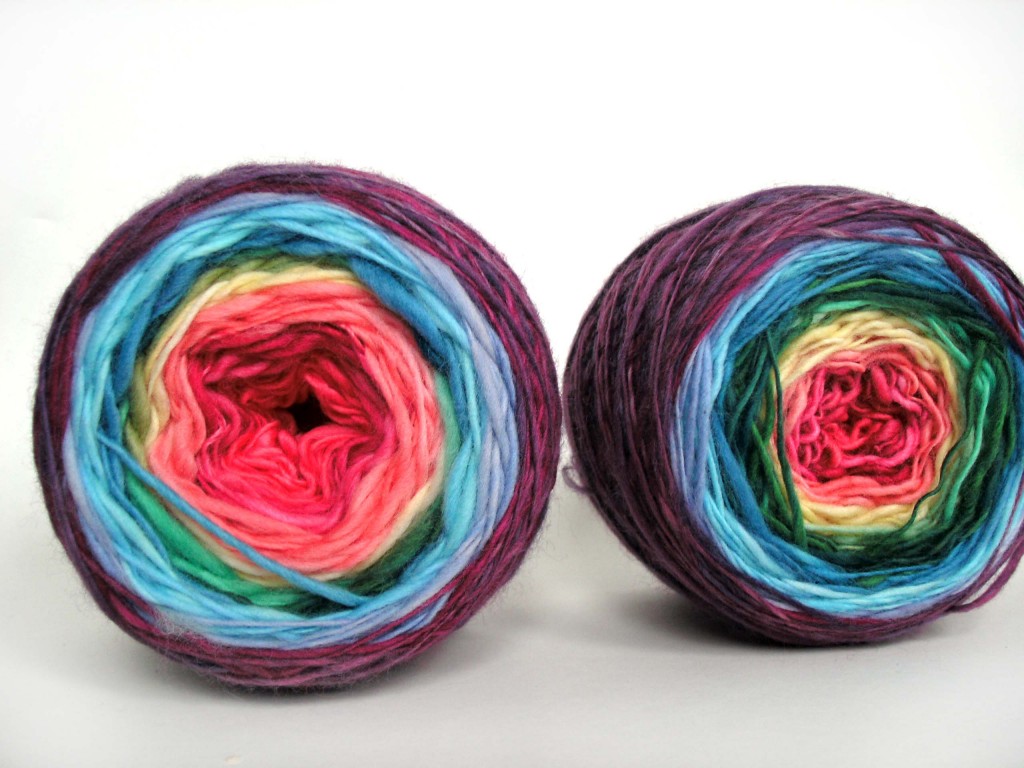Remember when I chatted about the results of the reader survey? And I even came up with an action plan, based on what you wanted to hear more of. One thing on that plan?
Increase the number of posts about the business side of things: from designing to selling your finished items.
You got it!
![]() In thinking about how to get you more juicy information on the topic, I thought of Cintia Gonzales-Pell, who is the crafty genius behind MyPoppet.
In thinking about how to get you more juicy information on the topic, I thought of Cintia Gonzales-Pell, who is the crafty genius behind MyPoppet.
Not only that, she’s the co-author of The Craft of Markets: how to achieve market stall success. It’s a great book that’ll set you on the right track for selling at a craft fair.
Cintia has been sweet enough to pop over and provide her top 5 tips for getting started at a craft fair! And then scroll down for my review of her book!
Five tips for getting started at a craft fair
by Cintia
So you like to make things? Maybe you’ve considered selling some of your craft. Well there is a whole world of markets and fairs out there waiting for you to dive right in. But before you jump into the deep end, a little bit of planning will help your market experience be a successful one.
Here are some tips to help you get started:
1. Think about why you would like to have a craft stall.
Do you want to market your business, make friends or make money? If your goal is to make the big bucks at a holiday-show, then you’ll spend much of your energy in the lead-up making sure you have plenty of stock. If your goal is networking, then you might want to be sure to email some people in advance to get your contacts off to a start.
By understanding your motives, you’ll be better able to plan for the show, and also enjoy the experience a whole lot more!
2. Choose the right style of fair for you.
Think about your product and lifestyle, and select a fair that seems suited to your craft. For example, you don’t want your product to be outrageously expensive or dirt cheap compared to the other sellers. Also, fitting in with your fellow sellers is a sign that the audience at the show is the sort of customer you’re interested in.
Attend lots of markets to see what the best fit is. Know that this will take a little trial and error!
3. When pricing your products aim for ‘good value’ not ‘cheap’.
Remember to price your product fairly for the customer AND yourself. You are selling your craft as a way to sustain your livelihood!
4. Plan how you will display your product and practice the set up at home to see if the layout works practically.
You want your display to shine from far away (it’ll draw customers in!) and set up so that items are easy for the customer to find. Keep in mind that you’ll have a limited-size stall, will need to chat with customers, store extra stock and run the cash register. Practice makes perfect!
5. The most important thing is ‘Have Fun!’ Be proud of your product and your enthusiasm will rub off on your customers. Enough said.
Markets are a wonderful introduction into selling your products, and often lead to other interesting opportunities. My market experiences started my journey into the retail and blogging world, and the friends and connections I’ve made along the way have been invaluable.
Where will your journey take you?
Are you a market newbie? Get the guide!
You may notice that the cover of the book says ‘from an Australian perspective’. Don’t let that scare you!
Australians may talk different (compared to us Americans) and watch funny sports (cricket, anyone?), but neither of those things are terribly important for grabbing the good information in this book. It’s full of helpful tips and ideas that, in my opinion, are applicable world-wide.
There are a couple words that might throw you off, so just to help you out, I’ll give you a little Australian-American dictionary: (in the order in which they appear in the book)
- marquee = tent
- bookings = reservations
- Eftpos facilities = ATM/accepting a debit card
- piles of washing = piles of laundry
- dressmakers busts = dress forms
- pin board = bulletin board
- bar-be-que (barbie) = grill
- trolly = dolly/cart
- gumboots = rainboots
- bum bag = fanny pack
- Layby = lay away
Phew! Glad all that time I spend in Australia has come in handy!
Now that those worries are aside, I can chat about the actual book!
Why craft fairs?
This is the only book I’ve seen specifically aimed at advice for selling at craft fairs. Sure, many craft-business books include a little section on selling at fairs, but the advice is rarely comprehensive.
You may ask… why is it so important to spend so much time talking about craft fairs? Here’s the thing: craft fairs are an entirely different animal than other types of selling (in store, online). You’ll need to worry about:
- the application process
- the logistics of lugging tables/racks/product to a site for only a day
- creating a display that shows off your product
- accepting payment in person
All of these things are details that sellers with an online store totally avoid. So, if you’re interested in selling at a craft fair (which can be a great way to grow your customer base!), then this is stuff you’ll need to know.
The book is full of practical advice (you can tell these girls have done it before!). I’d recommend this book to anyone who’s even thinking of having a stall, since it contains information about how to decide if applying to a craft fair is right for your business.
Love Cintia? Love the book?
Cintia is a Crafter and Blogger and has many years of craft market experience under her belt. You can find her at My Poppet sharing one colorful crafty project a week.
You can buy the e-book The Craft of Markets from the My Poppet shop.
Thanks so much, Cintia, for coming by and giving us your tips!





